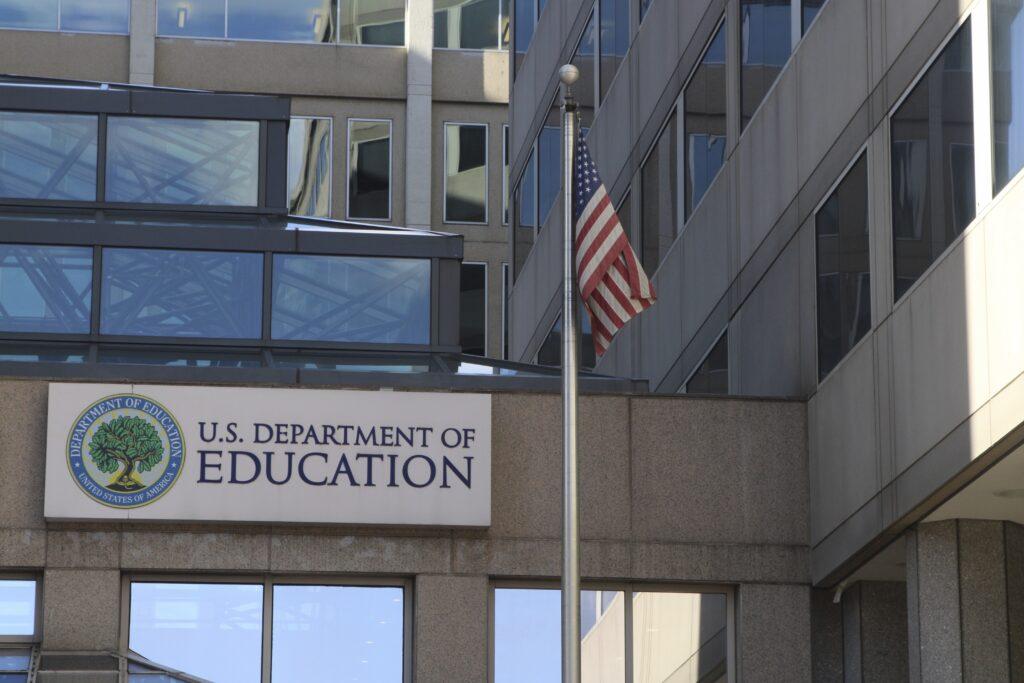A federal court has dealt a significant blow to former President Donald Trump’s efforts to dismantle key functions of the U.S. Department of Education. In a ruling delivered this week, the court blocked attempts to severely reduce the department’s authority and budget, underscoring the legal limits on executive actions aimed at undermining federal education programs. This decision marks a pivotal moment in the ongoing debate over the future role and funding of the Education Department under the Trump administration’s directives.
Legal Setback for Trump Administration’s Education Department Overhaul
A federal court has delivered a significant blow to the Trump administration’s ambitious plan to drastically downsize the US Department of Education. The ruling emphasized that such sweeping changes cannot be executed unilaterally without proper legislative backing, underscoring the importance of Congressional approval in restructuring federal agencies. Legal experts note the decision sets a precedent limiting the executive branch’s power when attempting to overhaul major government departments through administrative actions alone.
The court’s findings highlighted several key issues with the administration’s approach, which included:
- Lack of statutory authority: The plan exceeded the powers granted to the executive branch under current education laws.
- Potential harm to educational programs: Abrupt cuts risk disrupting funding and support services for millions of students nationwide.
- Insufficient stakeholder consultation: The overhaul lacked adequate input from educators, states, and community groups.
| Impacts of Proposed Overhaul | Status Post-Ruling |
|---|---|
| Federal funding cuts to schools | Blocked |
| Reduction in education workforce | Halted |
| Program eliminations | Under review |
Court Emphasizes Importance of Stable Federal Education Leadership
In a decisive ruling, the court underscored the critical need for consistent and effective leadership within the U.S. Department of Education. Judges emphasized that abrupt policy shifts and structural dismantling jeopardize the stability of national educational initiatives and the millions of students who rely on federally funded programs. The decision effectively blocks efforts aimed at radically downsizing the agency, highlighting the judiciary’s role in preserving institutional integrity during times of political transition.
The court’s judgment further outlined the consequences of weakening essential federal oversight:
- Disruption of nationwide education standards leading to increased disparities among states.
- Risk to funding streams that support vulnerable student populations and public schools.
- Potential rollback of protections for students with disabilities and disadvantaged backgrounds.
| Impact Area | Before Proposal | After Intended Cuts |
|---|---|---|
| Federal Education Budget | $75 billion | Below $40 billion |
| Student Aid Programs | Active and Funded | Severely Restricted |
| Department Staff | 10,000+ Employees | Reduced by 50% |
Implications for Future Policy Reforms and Administrative Actions
The court’s decision sends a clear signal that sweeping reductions to federal education funding and structural changes must undergo rigorous judicial and legislative scrutiny. Future policy reforms will likely emphasize collaboration between the Department of Education and Congress to ensure sustainable and lawful approaches to education policy. Lawmakers may use this ruling as a precedent to advocate for enhanced transparency and stakeholder engagement before implementing major administrative shifts.
Key considerations for upcoming reforms may include:
- Strengthening accountability frameworks for education funding
- Ensuring equitable access to quality education across states
- Prioritizing input from educators, parents, and students in policy-making
- Balancing fiscal responsibility with educational excellence
| Policy Area | Potential Action | Expected Outcome |
|---|---|---|
| Funding Allocation | Increased congressional review | More consistent resource distribution |
| Administrative Oversight | Stricter judicial checks | Prevention of unilateral cuts |
| Public Engagement | Mandated consultation processes | Stronger community support |
Recommendations for Navigating Education Policy Within Legal Constraints
In light of the recent court ruling affirming that the executive branch cannot unilaterally dismantle the US Department of Education, policymakers must approach education reform with a heightened awareness of legal boundaries. It is crucial to engage in collaborative decision-making that respects statutory frameworks, ensuring any proposed changes undergo rigorous legislative scrutiny rather than executive overreach. This includes transparent consultation with Congress, stakeholders, and the public to forge consensus while maintaining the integrity of federal education programs.
To effectively navigate this complex landscape, education leaders and legislators should prioritize:
- Comprehensive impact assessments before attempting policy shifts to anticipate legal and social repercussions.
- Incremental reforms that allow for adaptive implementation without breaching administrative authority.
- Robust legal counsel ensuring compliance with federal education statutes such as the Elementary and Secondary Education Act (ESEA).
| Key Consideration | Recommended Action |
|---|---|
| Legal Compliance | Consult legal experts to vet policies |
| Legislative Partnership | Work proactively with Congress |
| Public Transparency | Engage communities in policy dialogue |
In Summary
The recent court ruling marks a significant check on the former administration’s efforts to reshape the U.S. Education Department, underscoring the judiciary’s role in maintaining the balance of power. As debates continue over the future of federal education policy, this decision reaffirms the importance of legal safeguards in protecting institutional structures. Stakeholders across the education sector will be closely watching how this development influences ongoing and future initiatives aimed at reforming America’s education system.













